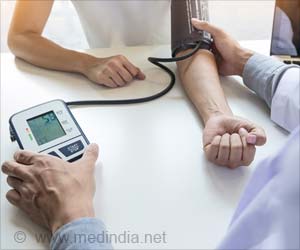Microwaving is recognized as a gentle cooking method that helps preserve the nutritional content of food. It typically leads to fewer nutrient losses compared to more aggressive cooking methods like boiling.
3. Minimal Chemical Changes:
Microwaving does not introduce any harmful chemicals or compounds into food. As such, it is considered a safe and efficient cooking method, provided that appropriate containers and materials are used.
Advertisement
4. Food Safety Guidelines:
Adhering to standard food safety guidelines is crucial when using a microwave oven. This includes ensuring that food reaches the recommended internal temperature to effectively eliminate any potentially harmful bacteria.
5. Use Microwave-Safe Containers:
Selecting appropriate containers for microwaving is essential to avoid hazards. Only containers labeled as “microwave-safe” should be used to prevent the potential leaching of harmful substances into the food.
6. Avoid Metal and Foil:
Metal objects and aluminum foil should never be placed inside a microwave, as they can cause arcing, sparks, and potential damage to the oven’s components. This is a critical safety precaution.
7. Covering Food:
Covering food with a microwave-safe lid or plastic wrap designed for microwave use can help retain moisture and heat. This practice promotes more even cooking and prevents drying out of the food.
8. Stirring or Rotating:
For larger items or dense foods, it is advisable to periodically stir or rotate them during the microwaving process. This ensures that heat is distributed evenly, preventing uneven cooking.
9. Let Food Rest:
Allowing food to rest for a short period after microwaving is recommended. This permits any remaining heat to be distributed evenly throughout the food, ensuring consistent temperature levels.
10. Considerations for Infants:
When heating baby food or formula, it is imperative to adhere to specific guidelines provided by healthcare professionals. This ensures the safety and well-being of the child, taking into account their unique nutritional needs.
In conclusion, when used correctly and with adherence to basic safety guidelines, microwaving food is a secure and convenient cooking method. It is imperative to utilize microwave-safe containers, avoid metal, and practice proper food safety measures. Like any cooking method, ensuring that food reaches a safe internal temperature is crucial in preventing foodborne illnesses. By following these guidelines, individuals can enjoy the benefits of microwave cooking while prioritizing food safety.
“In the symphony of kitchen appliances, the microwave plays a crucial note of convenience and efficiency. By embracing safety measures, we can harmonize the benefits of microwaving with the assurance of a secure culinary experience.”
Reference :
- Microwave ovens and food safety: preparation of Not-Ready-to-Eat products in standard and smart ovens – (https:pubmed.ncbi.nlm.nih.gov/24779134/)
Source: Medindia



